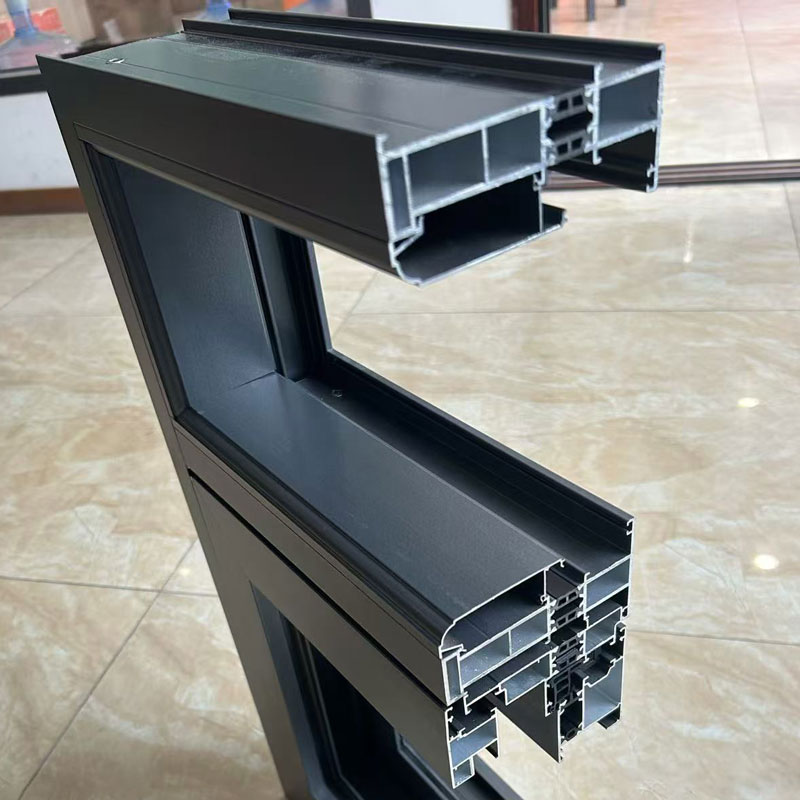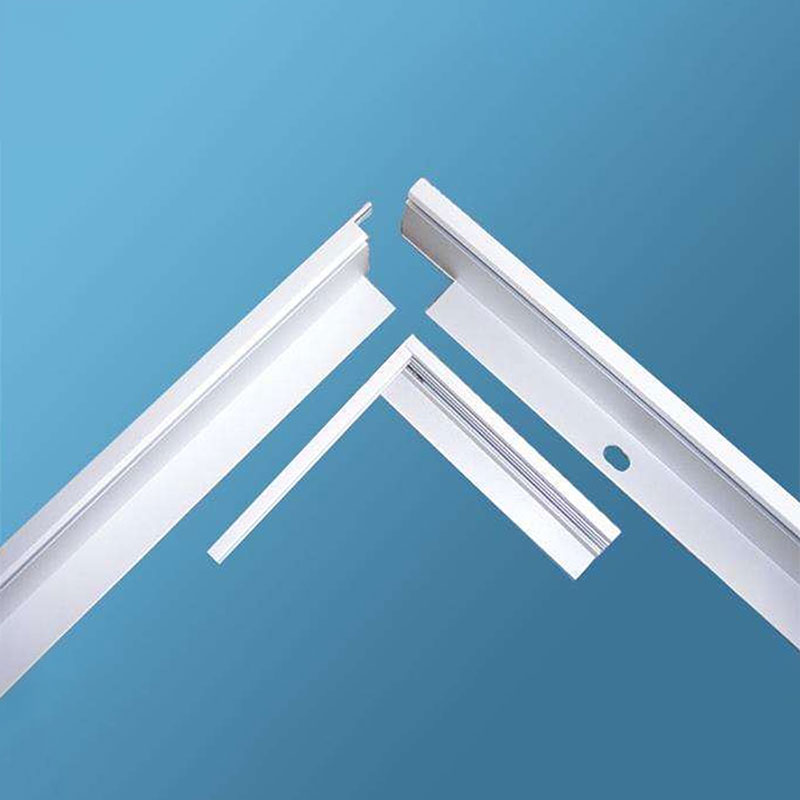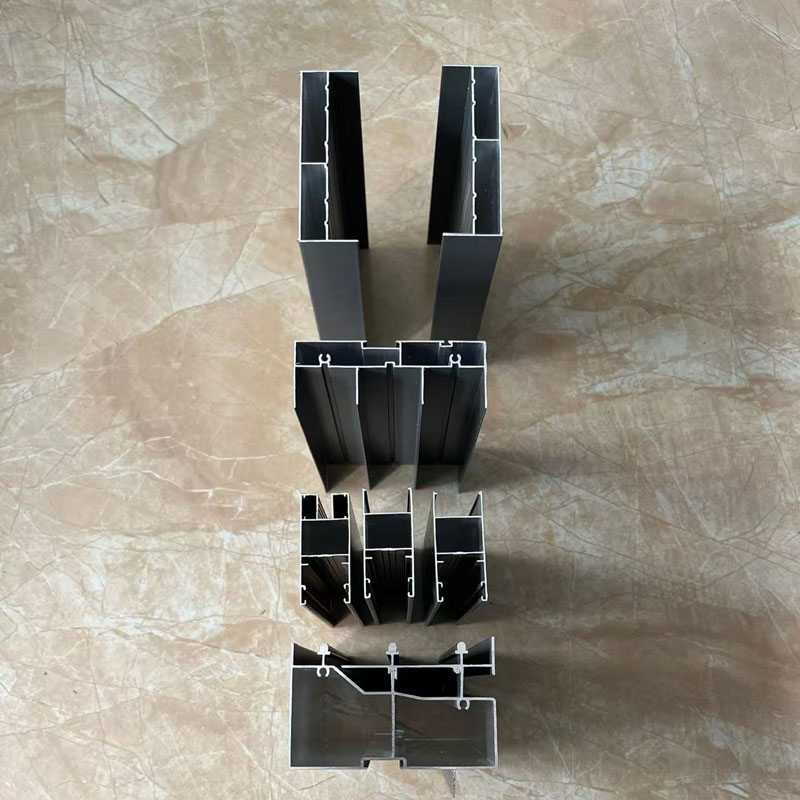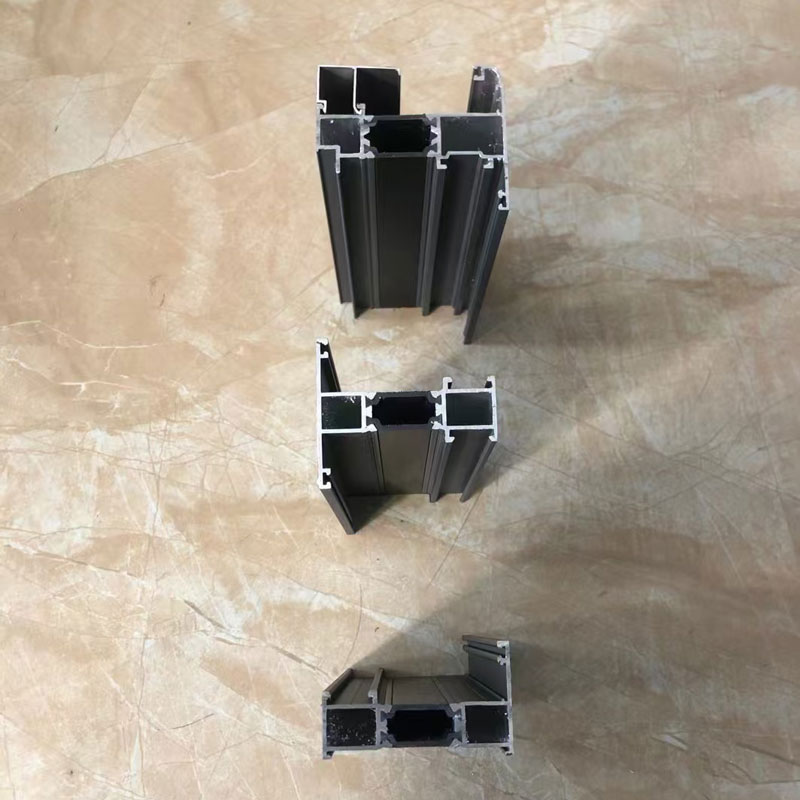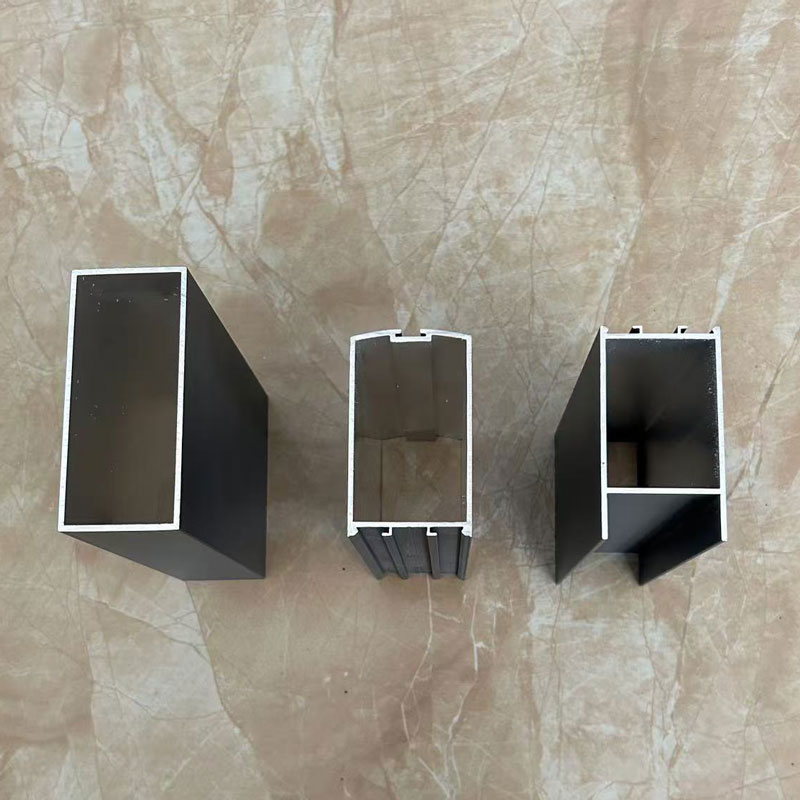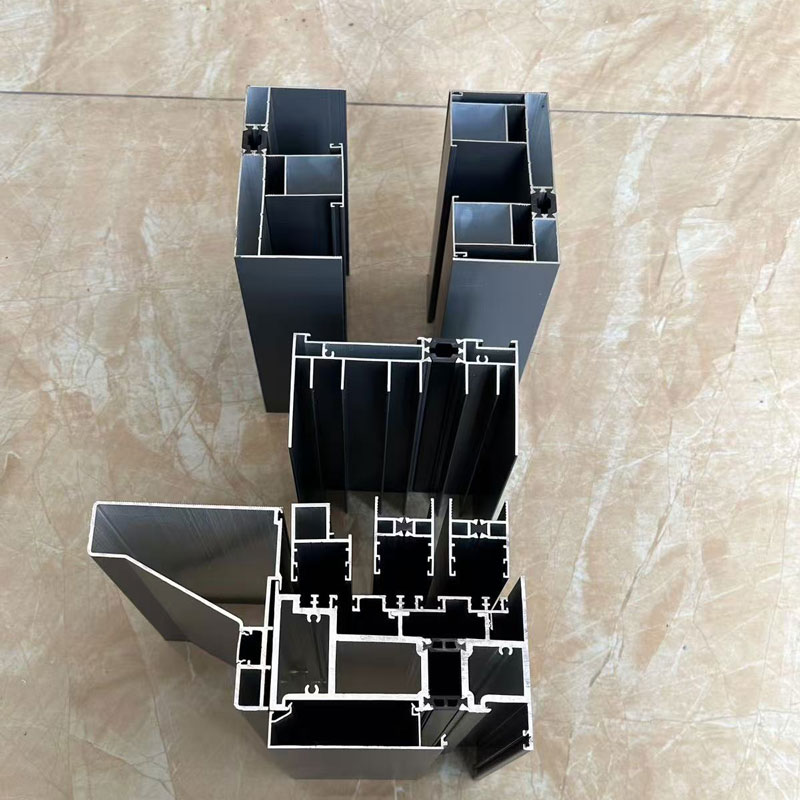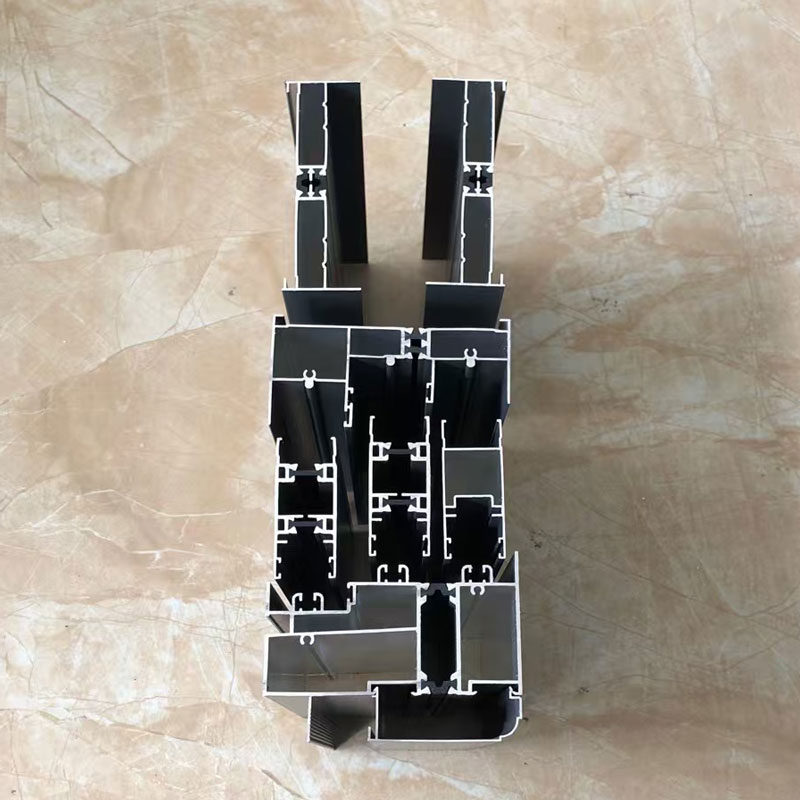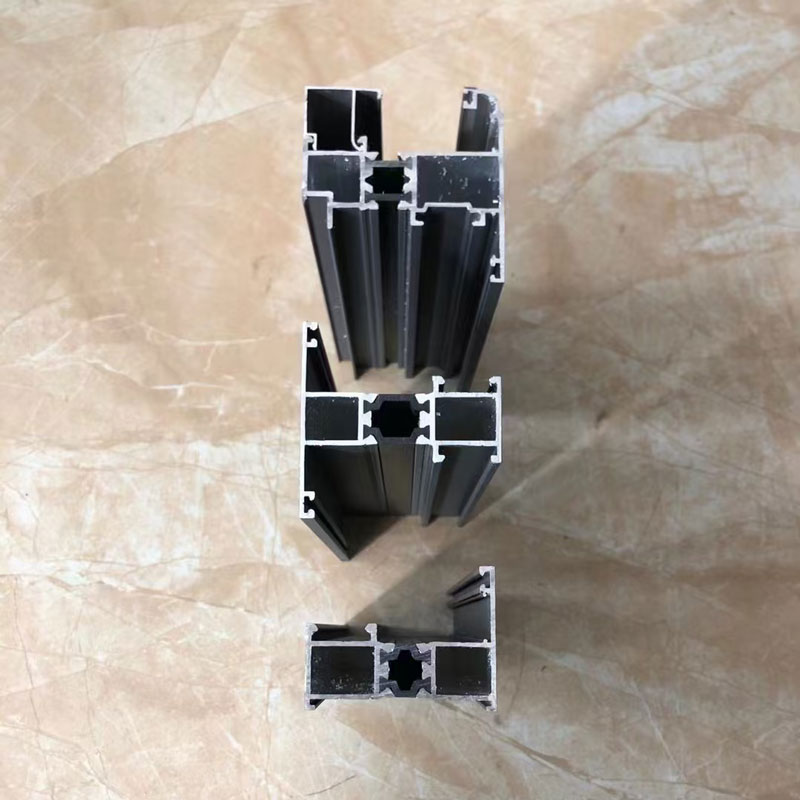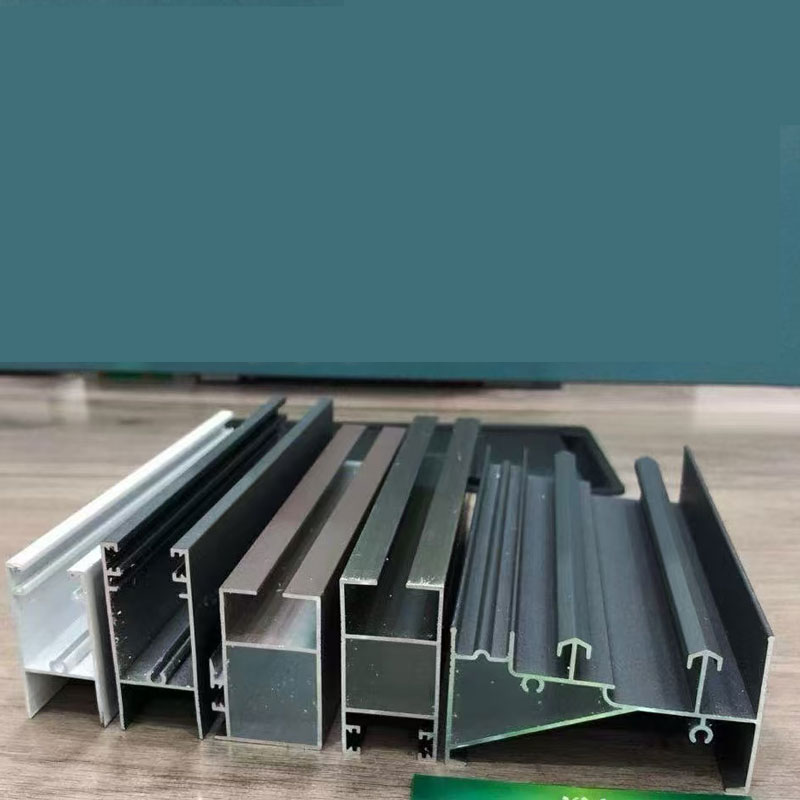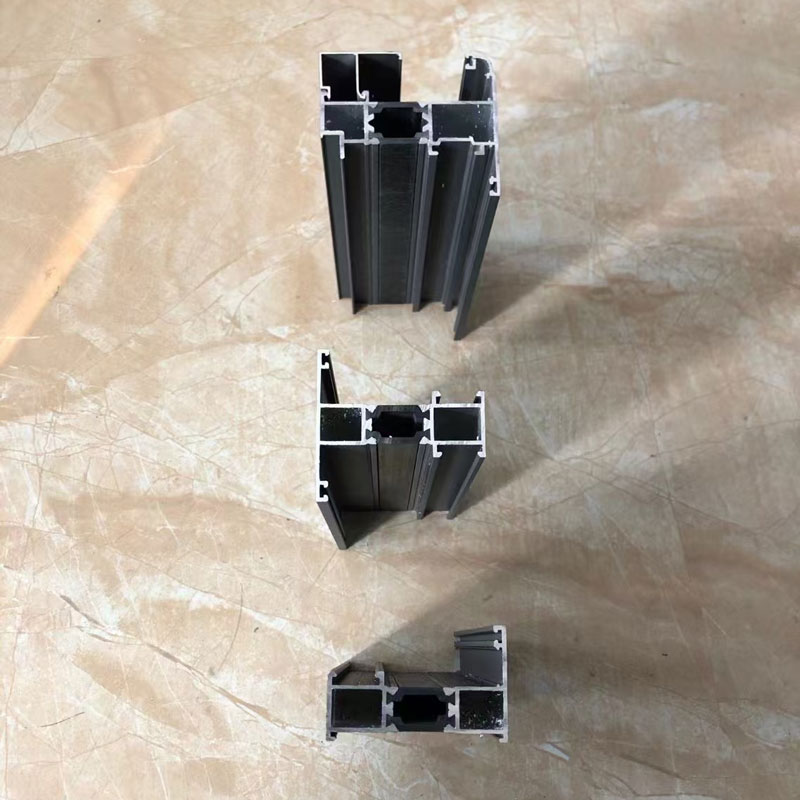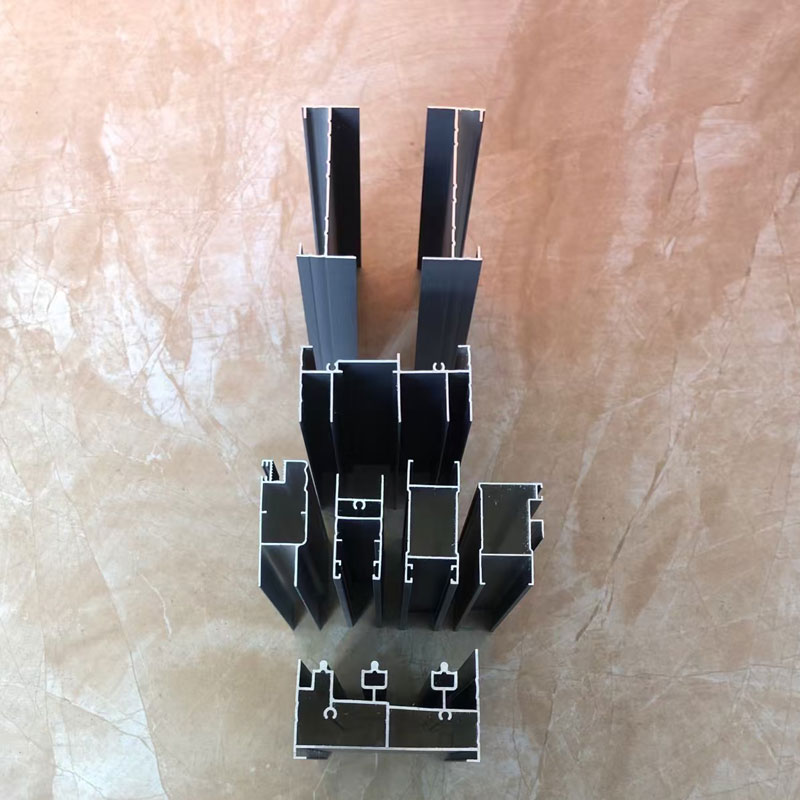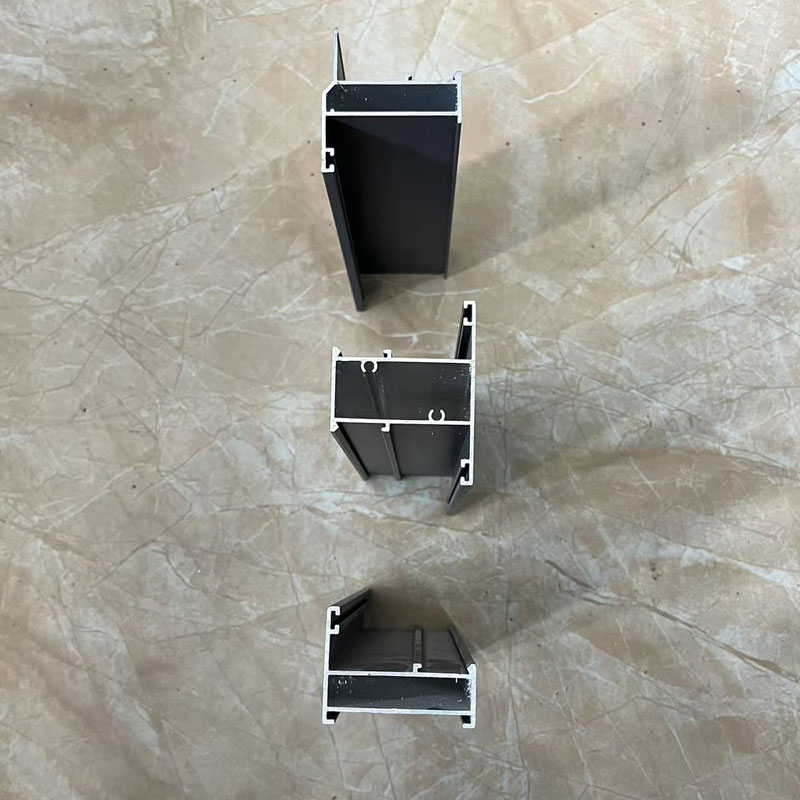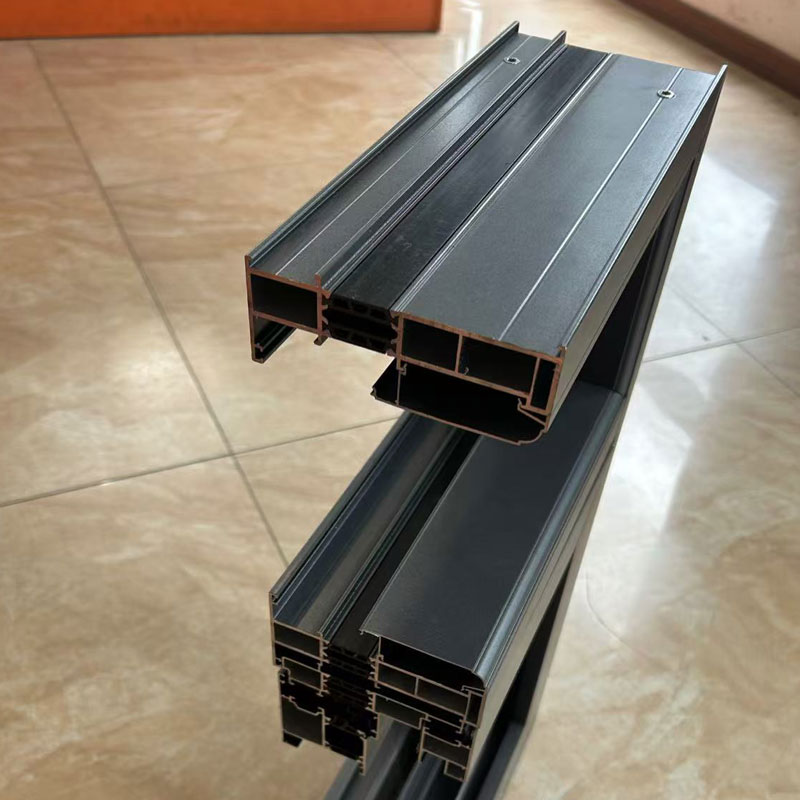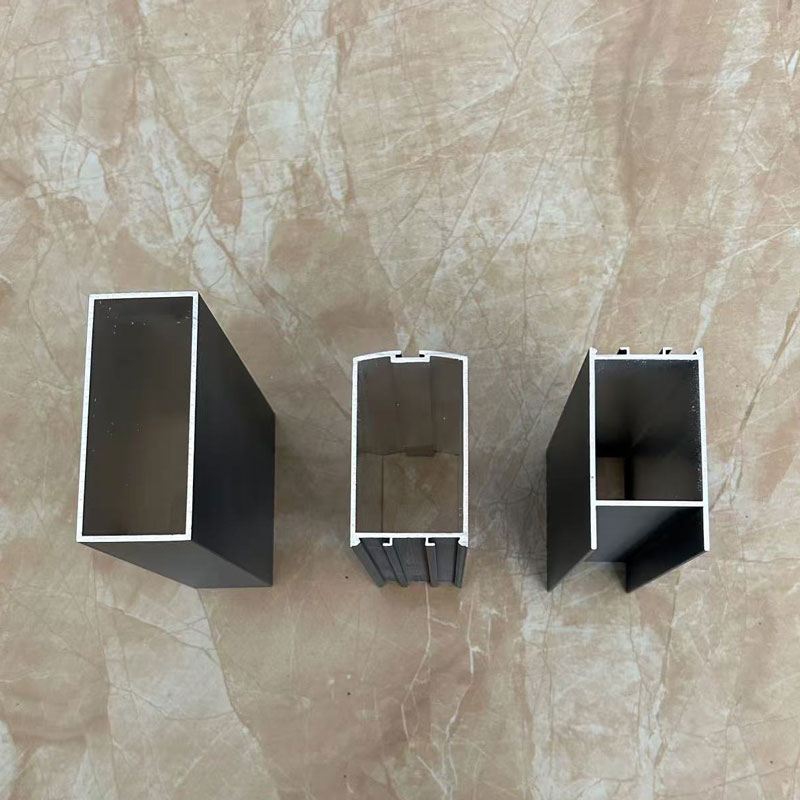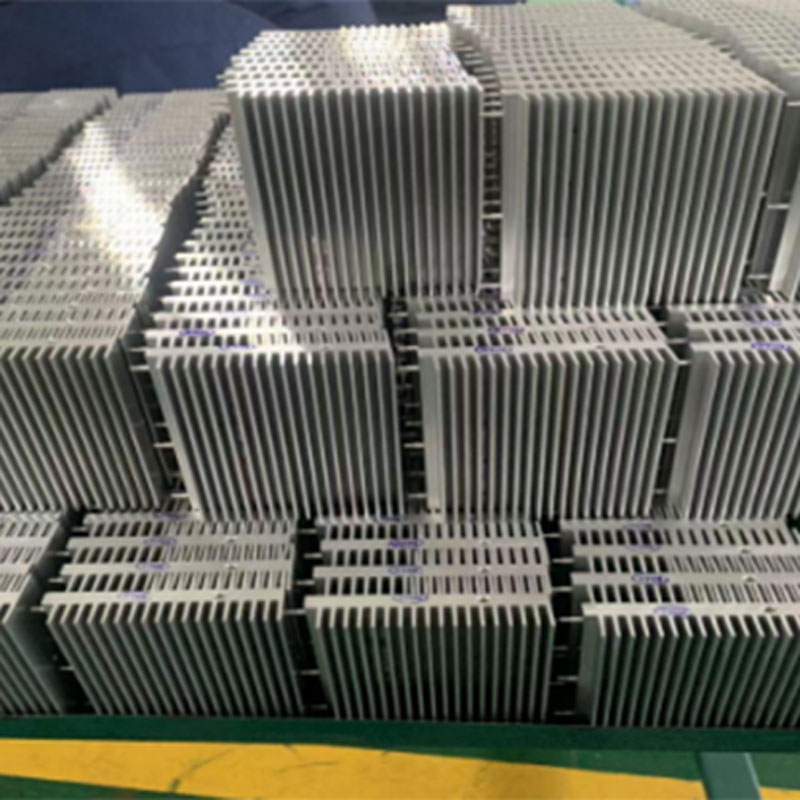

+86-18628829666
Solar photoelectric frame
Solar photoelectric frame
The modern world is rapidly moving towards environmentally friendly energy sources. One of the most promising areas is the use of solar energy. The photoelectric frames, which are an innovative solution, allow not only to receive the energy of the sun, but also to aesthetically decorate the space, integrating the solar panels into everyday elements.
How does this work?
The solar photoelectric frame is based on photoelectric elements (photoelectric panels), which convert sunlight into electric energy. This energy can then be used to power various devices or accumulate in batteries for subsequent use. The frames are usually made of light, durable and durable materials, while maintaining an aesthetic look. The small sizes of the elements allow you to compactly place them in the frame, which makes the frame suitable for various places - from balconies and houses to public spaces.
Advantages of use
In addition to obvious environmental benefits, photoelectric frames have a number of advantages. They can significantly save on electricity, especially in regions with a large amount of sunlight. In addition, such frames are attractive in terms of design, complementing and decorating the interior. The absence of the need for additional cables and wires makes the installation as simple and trouble -free as possible. It is important to note that such a system helps to reduce emissions of harmful substances into the atmosphere, which favorably affects the environment.
A variety of application
Photoelectric frames can be used in a variety of situations. They are perfect for decorating facades of buildings, balconies, terraces. The possibilities are almost limitless: from a small frame illuminating the garden or track to large panels that can provide energy to a whole house or office. A variety of design solutions allows you to choose a frame that fits perfectly in any style. Given the constant development of technology, in the future we can expect even more diversity and possibilities for using such systems.
AppropriateProducts
Corresponding products
The best soldproducts
The best -selling productsConnectedsearch
Related search- cheap aluminum pipes 50 suppliers
- Chinese manufacturer of solar panels
- Factory of cheap robots-radiators
- sliding plastic windows per balcony
- Aluminum fittings
- The price of an aluminum pipe in meters in China
- Chinese aluminum factory
- sliding windows on the balcony
- Chinese supplier of built -in aluminum profiles
- cheap factory for the production of aluminum brackets





